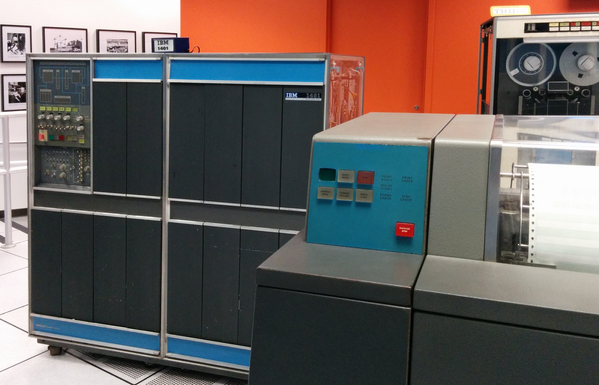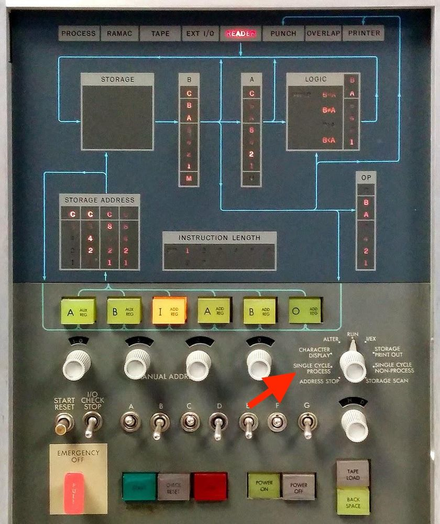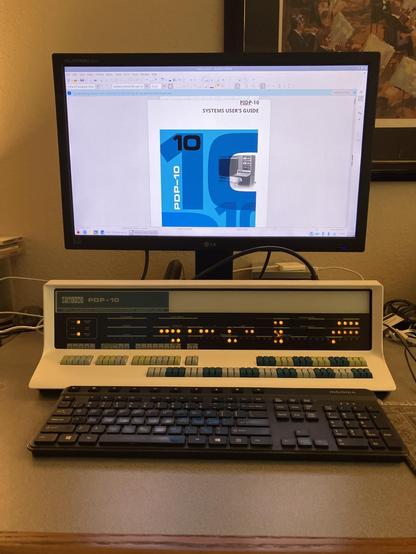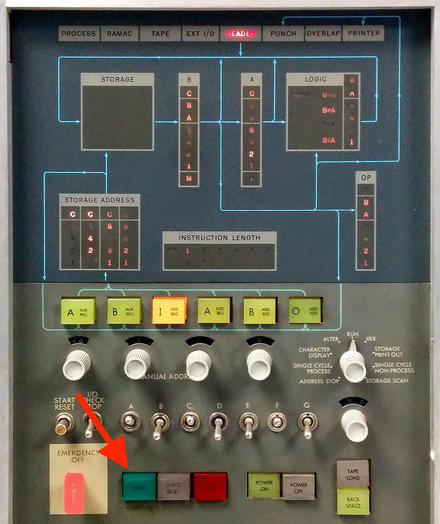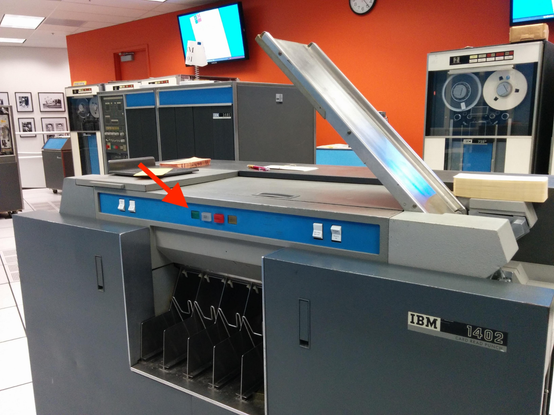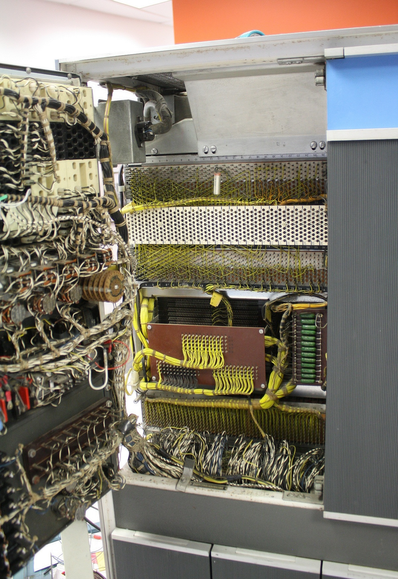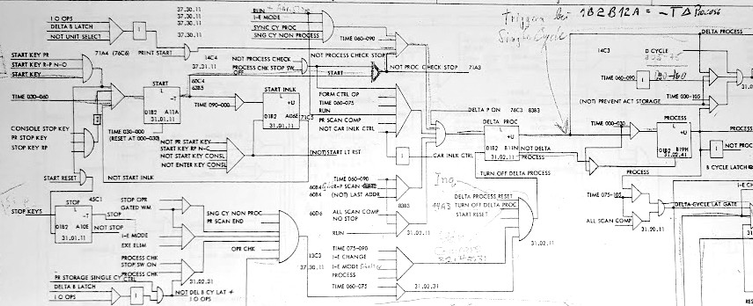@kenshirriff If you by toggle switches mean switches with two physical positions, then that was the switches on most DECs.
But this was push buttons with lamps, so you could actually load a word onto the buttons, only flip the individual bits you wanted changed, and then store it back to either the same or another location.
My PiDP-10 replica, powered by a Raspberry Pi 5. All the switches work. It comes with ITS, TOPS-10 and TOPS-20 operating systems running on top of Linux. Very cool.
Gould SEL, late 70s, had similar.
